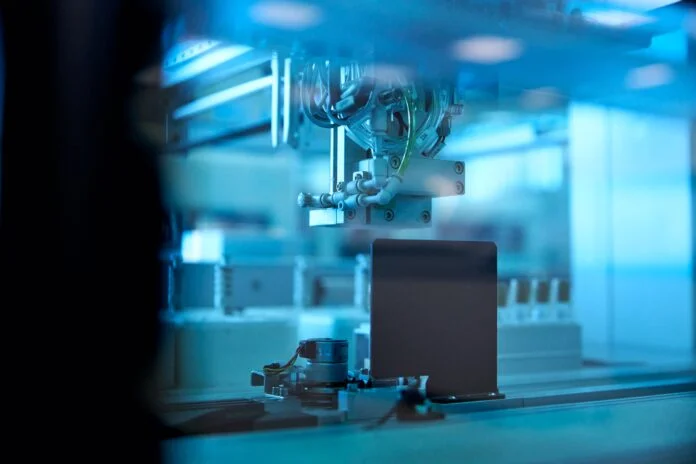A new method allows researchers to increase or decrease the amount of a certain transfer protein inhibitor (BACH1) in cells, which may provide new avenues for cancer research and re-evaluate the effectiveness of protein inhibitors to treat the disease. Led by a team of scientists at Stony Brook University, the study involved modulating BACH1 levels by implanting a gene circuit into human
breast metastatic cells. Their findings were published in Nature Chemical Biology. Biomedicine relies on the use of protein inhibitors, based on the assumption that reducing the level or activity of disease-promoting proteins is generally beneficial in the treatment of cancer. But, according to Gábor Balázsi, Ph.D., lead author of “A non-monotonic invasion landscape controlled by noise-sensing levels of metastatic activators,” When it comes to oncogenes that produce cancer-promoting proteins, manipulating them via an “elimination-only” approach within cancer cells, the most common approach, is not necessarily the best way to develop anticancer treatments. He and colleagues found that BACH1 is highly expressed in many metastatic cancers, such as lung and breast cancer, and that in cultured triple-negative breast cancer cells, it acts as both an activator and an inhibitor of cancer cell invasion.
“We developed a two-step technical pipeline to create a ‘Landing pads’, BACH1 or other genes can be safely introduced into any human cell line, like a door with the right key.” The team genetically manipulated cells using a variety of methods, including CRISPR, and created “landing pads” for the first step. The second step involved developing synthetic genetic circuits to control the amount of the protein. These circuits allowed them to use a “dimmer switch” to control the amount or percentage of BACH1 that entered the cancer cells.
“Think of this work as a light switch, but it’s not just ‘on’ and ‘off’, it has a sophisticated dimming ability. While most research approaches involving BACH1 or other cancer-promoting proteins turn on (activate) or turn off (inhibit) the light switch, but we have a fine-tuned dimmer where we can adjust the number of transferred activators to an intermediate percentage via the landing pad platform,”
Balázsi explained.
What surprised the researchers when they tested BACH1 in cancer cell invasion models was that reducing BACH1 protein levels did not always inhibit the metastatic process, and increasing BACH1 protein levels did not always increase cancer cell invasion. They write: “Unexpectedly, when we turned up BACH1 levels, the engineered MDA-MB-231 human mammary gland metastatic cells became more abundant, then less, and then more invasive BACH1 expression was altered in invasive cells, and the expression of BACH1 transcriptional targets confirmed the non-monotonic phenotype and regulation of BACH1. Therefore, chemical inhibition of
BACH1 may adversely affect invasion.”
They also found that turning parts of BACH1 to an intermediate level, the middle position of thedimmer, actually suppressed the cancer’s invasive process, as if the light became less bright when the dimmer knob was turned up.
“Our findings provide a cautionary tale when it comes to metastasis and proteins that appear to promote the cancer process, meaning that we need to look more closely at these proteins and genes and their exact roles in cancer,” Balázsi said. “In some cases, we may well need to suppress them to treat cancer, and in some cases, depending on their original levels, we need to increase them, or even both, but we need more investigation to help determine any conclusive conclusions.”
Their experiments showed that by using BACH1 degraders, it can reduce or unnecessarily increase the aggressiveness of breast cancer cells, depending on the original levels of BACH1. The results underscore the importance of delineating the effects of genes on disease through protein-level adjustments, the authors say.

